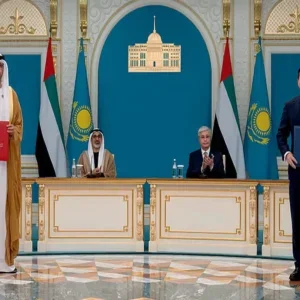Japan’s Kyushu Electric Power Company on 8 December began the process of restarting the unit 1 reactor at its Sendai NPP in Kagoshima prefecture following a periodic inspection. The prefectural governor had opposed the restart of the unit, which resumed operation in 2015 following a shutdown of the Japan’s reactors in the wake of the Fukushima disaster.
Sendai 1 was the first reactor to be restarted after confirmation that it met new safety standards introduced in mid-2013 following the March 2011 accident at the Fukushima Daiichi plant. The unit was restarted August 2015, followed by Sendai 2 last October. However, Sendai 1 was taken offline on 6 October for a routine outage. Sendai 2 is scheduled to be taken offline for a periodic inspection, together with additional safety checks, on 16 December.
Satoshi Mitazono, the recently-elected governor of Kagoshima prefecture, had requested on 26 August that the operation of the two Sendai units should be suspended immediately for safety checks. However, Kyushu rejected this and said it would carry out additional safety checks during planned routine outages. Mitazono admitted in October he did not have the authority to instruct Kyushu to keep Sendai 1 closed.
To date, five Japanese reactors have been given final approval to restart, although two of these – units 3 and 4 of Kansai Electric Power Company's Takahama plant – have remained offline due to a legal challenge. Another 20 reactors are moving through the restart process, which has been prioritised to bring on the most-needed reactors first, in the localities and prefectures more supportive of restart. Public opposition to nuclear power in Japan continues.






